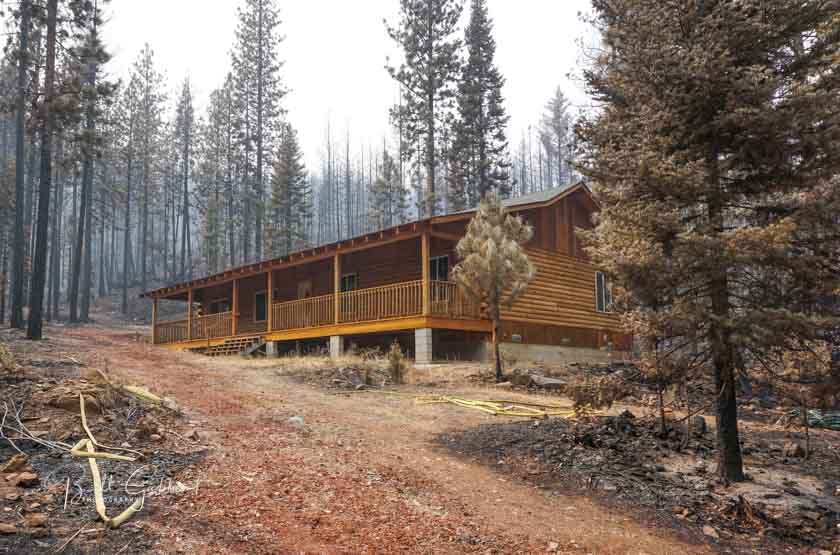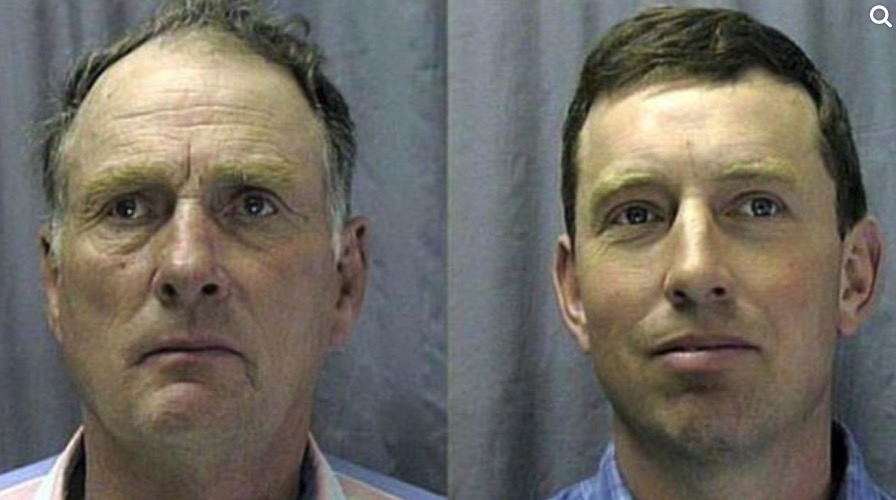
You may have seen videos floating around recently of a fire resistant blanket being used to control a vehicle fire. It looks pretty simple — two people grab the corners of the blanket and pull it over the burning vehicle. Deprived of oxygen, the fire appears to be extinguished after just a few seconds. It makes sense, of course. No oxygen, no fire. But I assume if the blanket were quickly removed, there could be enough residual heat to reignite the fire as soon as oxygen was reintroduced.
The video below demonstrates how it works, using a product sold by Bridgehill, a company headquartered in Larvik, Norway.
Prices for the blanket, which they claim can be reused up to 50 times, start at $2,422 at Darley.
A California company takes advantage of the same principle, oxygen starvation, when using their version of a fire blanket to slow or stop the spread of a vegetation fire at a structure. Fire Break Solutions makes a 15-foot wide product that can be rolled out over grass or, the company claims, “low to medium brush.” It is made from interwoven strips of fire resistant fabric that are a couple of inches apart, leaving holes in between the strips. The side closest to the structure being protected has a solid skirt several feet wide. The intent is that the fire would burn into the area covered by the blanket and burn slowly underneath. By the time it gets to the solid fabric the fire would be much less intense and would slowly self extinguish.
The company advises that the edges should be weighted down with dirt or rocks. It comes in various lengths, with the 100-foot version priced at about $6,000.
Obviously, burning embers from a far-away fire could land directly on or adjacent to the house, so the home would need to be designed and built paying attention to the fire resistant characteristics of the roof, vents, siding, doors, windows, foundation, eaves, and decks. Fire Break says there should be no flammable material between the blanket and the house. If just outside of the fire blanket are tall grass, brush, or a continuous canopy of trees, no 15-foot wide fire blanket is going to save a structure.
The video below shows how it is deployed.
In the video below the Flame Brake covers half of a bed of fuel which looks like excelsior — fine curled wood shavings.
FireBreak also sells the Emberella fire blanket, which is a solid piece of fabric intended to cover a vehicle, hedges, or small structures. Their video shows it being tested.

Thanks and a tip of the hat go out to Dave.






